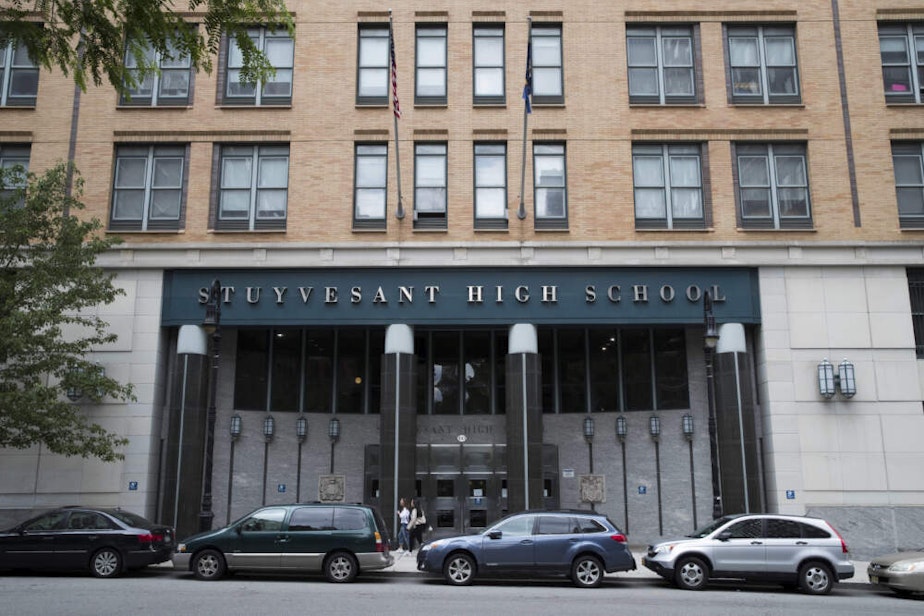Former Stuyvesant High students say toxic exposures after 9/11 made 'new victims' for terrorists

Wednesday, the nation remembers the nearly 3,000 people who died in the Sept. 11 attacks. But it is also a moment to remember and talk about the people — more than double that number — who have died and suffered from profound health effects in the aftermath.
These of course include the thousands of first responders who responded on that day and in the weeks and months that followed. They’ve been studied extensively. But another hard-hit group — with a growing mortality rate and profound physical and mental trauma — are the students, teachers and school staff of lower Manhattan who were sent back to toxic buildings months before the area was considered safe.
The first to return to classes were from Stuyvesant High School, just blocks from the World Trade Center site and just feet from the barges loaded with toxic debris.
Host Scott Tong talks to environmental epidemiologist Maayan Yitshak-Sade. She is also an associate professor at the Icahn School of Medicine at Mount Sinai Hospital. He also checks in with former Stuyvesant High School student Lila Nordstrom, founder of Stuy-Health and author of the Memoir “Some Kids Left Behind.”
This article was originally published on WBUR.org.
